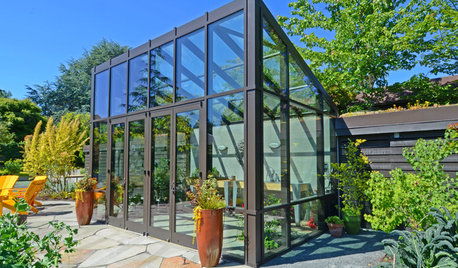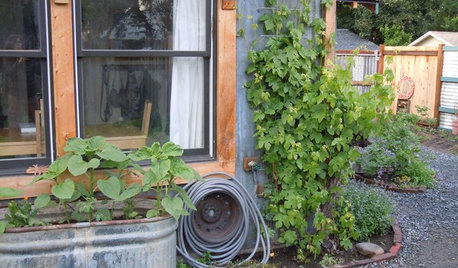Wicking beds vs. Drip line/Soaker tubes... which is better?
smithmal
9 years ago
Featured Answer
Comments (11)
sheltieche
9 years agolast modified: 9 years agoRelated Professionals
Baltimore Landscape Architects & Landscape Designers · Brookline Landscape Contractors · Elkridge Landscape Contractors · West Coon Rapids Landscape Contractors · Yuba City Landscape Contractors · Oxon Hill Landscape Contractors · Brighton General Contractors · Kilgore General Contractors · Klahanie General Contractors · Leavenworth General Contractors · Westmont General Contractors · York Decks, Patios & Outdoor Enclosures · Bowie Decks, Patios & Outdoor Enclosures · South Houston Decks, Patios & Outdoor Enclosures · West Bend Decks, Patios & Outdoor EnclosuresPyewacket
9 years agolast modified: 9 years agoaniajs
9 years agolast modified: 9 years agosmithmal
9 years agolast modified: 9 years agoPyewacket
9 years agolast modified: 9 years agosheltieche
9 years agolast modified: 9 years agosheltieche
9 years agolast modified: 9 years agotripster2001
9 years agolast modified: 9 years agosheltieche
9 years agolast modified: 9 years agopsyched12366
6 years ago
Related Stories

GARDENING GUIDESHow to Install a Drip Irrigation System
Save time and water with a drip watering system in your vegetable garden — a little patience now will pay off later
Full Story
FEEL-GOOD HOMEIs Your Bedroom Designed for a Good Night’s Sleep?
Find out how the right nightstands, bedding, rugs, TV and storage can help you get more restful slumber
Full Story
HOUSEKEEPINGWhat's That Sound? 9 Home Noises and How to Fix Them
Bumps and thumps might be driving you crazy, but they also might mean big trouble. We give you the lowdown and which pro to call for help
Full Story
GARDENING GUIDES15 Ideas to Try in Your Garden This Year
These gardening stories were tops among Houzz readers. Which ideas might you try this year?
Full Story
HOUSEKEEPING20 Things You Might Be Forgetting to Spring-Clean
Clean these often-neglected areas and your house will look and feel better
Full Story
EARTH DAY5 Ideas for a More Earth-Friendly Garden
Consider increasing the size of garden beds, filtering rainwater and using plants to reduce energy use
Full Story
FARM YOUR YARDAdvice on Canyon Farming From L.A.'s Vegetable Whisperer
See how a screened garden house and raised beds help an edible garden in a Los Angeles canyon thrive
Full Story
PATIO OF THE WEEKA Cozy Backyard Escape Warms Seattle Gardeners
Bold hues, a green roof, a functional greenhouse, a fire pit, an arbor and raised beds create a harmonious modern garden
Full Story
GARDENING GUIDESEdible Gardening Essentials: Tips for Traditional Hand Watering
Save the expense and hassle of a complicated garden system with a simple watering can or inexpensive hose add-ons
Full Story
HOUSEKEEPINGHow to Clean Your Fridge, Inside and Out
Keep your refrigerator clean and fresh, while you gain storage space and lose those ‘UFOs’
Full StoryMore Discussions








smithmalOriginal Author